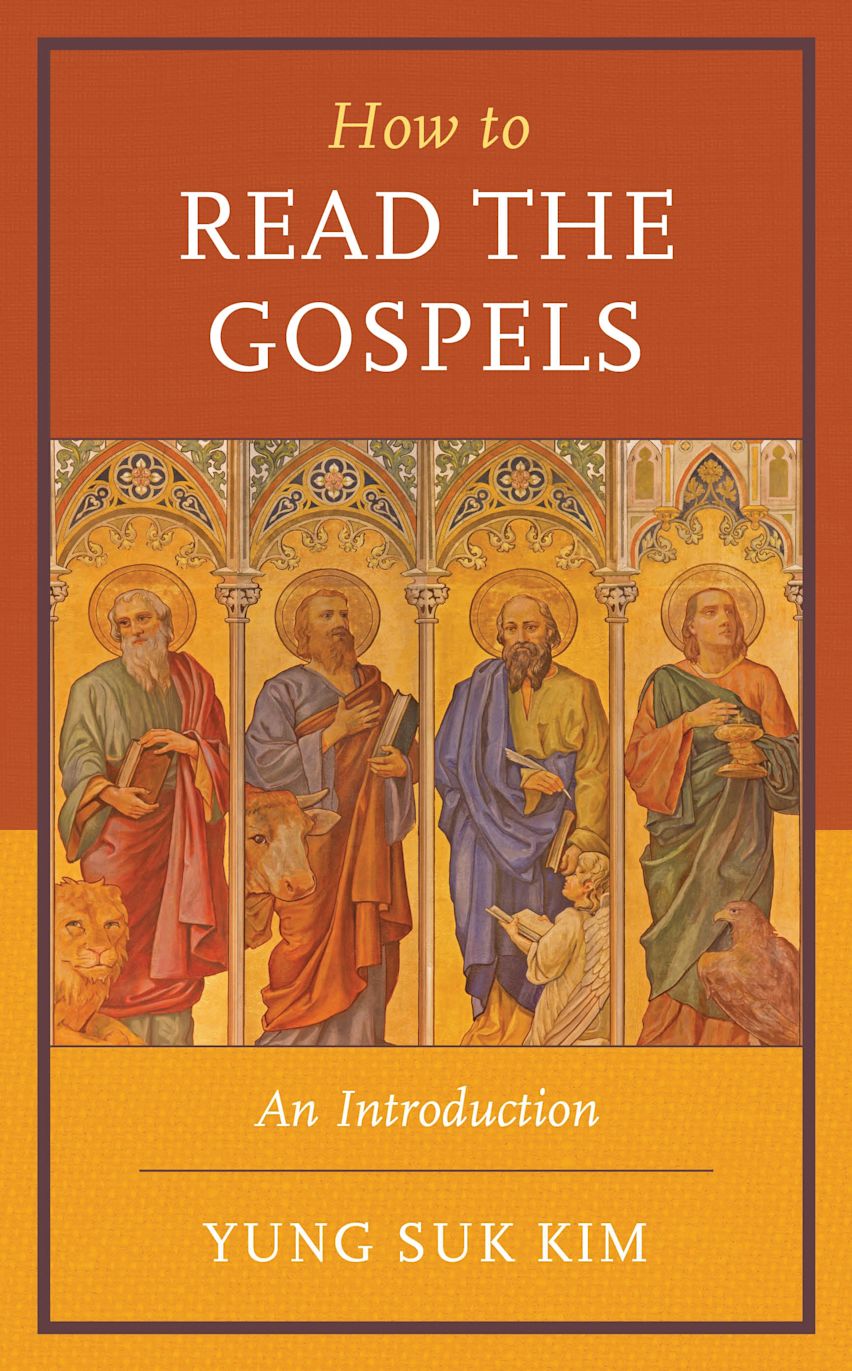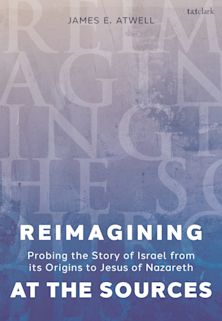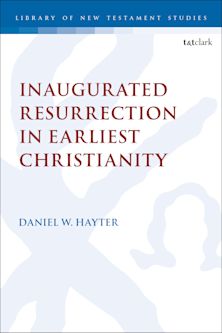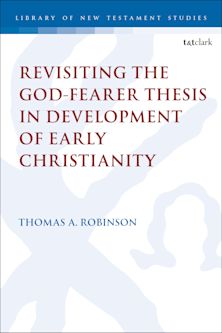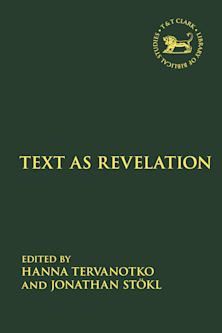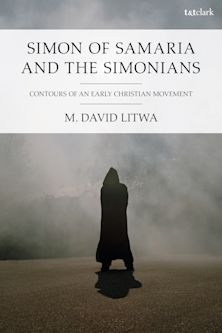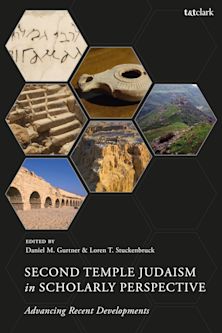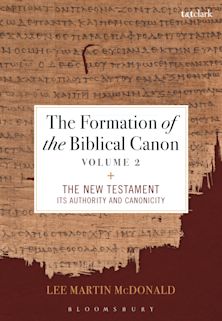Description
This accessible introduction to the Gospels examines the distinctive messages offered by the texts, giving students a better understanding of methods and interpretations. It explores a close reading of each Gospel and encourages students to approach texts from their own perspectives, from postcolonialism to environmentalism. The discussion questions included will help students focus their reflections on the gospel narrative, its theology, and methods of reading it. How to Read the Gospels is an ideal textbook for undergraduate and seminary classrooms.
The book aims to reach seminary and graduate students who study the Gospels critically and comprehensively. It provides user-friendly summaries such as the basics of each Gospel—authorship, history, important parables, etc. —the Jesus of each Gospel, and notable interpretation and translation issues. Without reading the entire story, readers often focus on only specific passages. This book aims to foster close reading of each entire text, sensitizing students to historical and literary issues that commonly arise—and helping them better understand various ways to interpret these formative stories.
What makes this book unique is that it also engages various readings of the Gospels from traditional to deconstruction approaches, including womanist interpretation, disability interpretation, ecological interpretation, and many more. For example, how can readers understand the story of Jesus’ surprising conversation with the Samaritan woman in John 4 through the lens of feminism? Or postcolonial criticism? By providing alternative ways to think about these stories and various methods of approaching texts that may be new to the student, the book opens up how such passages can be interpreted and appreciated.
Table of Contents
PART I: A Historical, Literary Introduction
1. Introduction
What Is a Gospel?
How to Read the Gospels
As the Story of Jesus
As the Story of the Evangelists Reflecting on the Significance of Jesus
As the Story of Jesus and Evangelists for Contemporary Readers
Transmission of the Story of Jesus
The Synoptic Problem
Two-Source Hypothesis
What Is Q?
Redaction Criticism
2. The Gospel of Mark
Mark’s Gospel at a Glance
Outline
The Markan Jesus
Distinctive Theological Themes
Parables in Mark
Notable Interpretation Issues
A Close Reading of Mark
1:1-13, Prologue
1:14-8:26, Public Ministry
8:27-10:52, Jesus on the Way to Jerusalem
11:1-13:37, Ministry in Jerusalem
14:1-15:47, Passion Narrative: Last Supper, Trials, Crucifixion
16:1-8, The Resurrection of Jesus
Questions for Reflection
Further Reading
3. The Gospel of Matthew
Matthew’s Gospel at a Glance
Outline
The Matthean Jesus
Distinctive Theological Themes
Parables in Matthew
Notable Interpretation Issues
A Close Reading of Matthew
1:1-2:23, Infancy Narrative
3:1-4:25, Ministry of Jesus
5:1-7:29, First Discourse: Sermon on the Mount
8:1-9:38, Jesus Heals Many People
10:1-10:42, Second Discourse: Missionary Instructions
11:1-12:50, Jesus’s Ministry Continues While Opposition Arises
13:1-53, Third Discourse: Collections of Parables
13:54-17:27, Jesus Continues with His Mission and Foretells His Death and Resurrection
18:1-35, Fourth Discourse: Community Instructions
19:1-20:34, Jesus Continues to Teach on the Way to Jerusalem
21:1-23:39, Jesus Enters Jerusalem and Confronts Leaders
24:1-25:46, Fifth Discourse: Sermon on Eschatology
26:1-27:66, Passion Narrative
28:1-20, The Resurrection of Jesus
Questions for Reflection
Further Reading
4. The Gospel of Luke
Luke's Gospel at a Glance
Outline
The Lukan Jesus
Distinctive Theological Themes
Parables in Luke
Notable Interpretation Issues
A Close Reading of Luke
1:1-4, Preface
1:5-2:52, Birth and Childhood of Jesus
3:1-4:13, Preparation for the Ministry of Jesus
4:14-9:50, Jesus’s Ministry in Galilee
9:51-19:27, On the Way to Jerusalem
19:28-21:38, Jesus’s Teaching in Jerusalem
22:1-23:56, The Suffering and Death of Jesus
24:1-53, The Resurrection of Jesus
Questions for Reflection
Further Reading
5. The Gospel of John
John’s Gospel at a Glance
Outline
The Johannine Jesus
Distinctive Theological Themes
“I Am” Sayings of Jesus
Notable Interpretation Issues
A Close Reading of John
1:1-18, Prologue
1:19-5:47, Jesus’s Ministry
6:1-12:50, Jesus’s Ministry Grows and Faces Opposition
13:1-17:26, Farewell Discourses
18:1-20:31, Suffering and Glory
21:1-25, Addendum
Questions for Reflection
Further Reading
PART II: Reading the Gospels from Various Perspectives
6. Overview of Interpretive Approaches to the Gospels
Author-Centered, Historical Approach
Historical-Critical Method
Social Science Criticism
Text-Centered, Literary Approach
Textual Criticism
Narrative Criticism
Reader-Centered, Comprehensive Approach
Reader-Response Criticism
Feminist Criticism
Womanist Interpretation
Ekklesia-Centered, Theological Interpretation
Jewish Interpretation
Inter(con)textual Interpretation
Queer Criticism
Postcolonial Criticism
Deconstruction Interpretation
Minoritized Criticism
Disability Studies
Ecological Criticism
7. The Gospel of Mark from Various Perspectives
Author-Centered, Historical Approach
Historical-Critical Method
Social Science Criticism
Text-Centered, Literary Approach
Textual Criticism
Narrative Criticism
Reader-Centered, Comprehensive Approach
Reader-Response Criticism
Feminist Criticism
Womanist Interpretation
Ekklesia-Centered, Theological Interpretation
Jewish Interpretation
Inter(con)textual Interpretation
Queer Criticism
Postcolonial Criticism
Deconstruction Interpretation
Minoritized Criticism
Disability Studies
Ecological Criticism
8. The Gospel of Matthew from Various Perspectives
Author-Centered, Historical Approach
Historical-Critical Method
Social Science Criticism
Text-Centered, Literary Approach
Textual Criticism
Narrative Criticism
Reader-Centered, Comprehensive Approach
Reader-Response Criticism
Feminist Criticism
Womanist Interpretation
Ekklesia-Centered, Theological Interpretation
Jewish Interpretation
Inter(con)textual Interpretation
Queer Criticism
Postcolonial Criticism
Deconstruction Interpretation
Minoritized Criticism
Disability Studies
Ecological Criticism
9. The Gospel of Luke from Various Perspectives
Author-Centered, Historical Approach
Historical-Critical Method
Social Science Criticism
Text-Centered, Literary Approach
Textual Criticism
Narrative Criticism
Reader-Centered, Comprehensive Approach
Reader-Response Criticism
Feminist Criticism
Womanist Interpretation
Ekklesia-Centered, Theological Interpretation
Jewish Interpretation
Inter(con)textual Interpretation
Queer Criticism
Postcolonial Criticism
Deconstruction Interpretation
Minoritized Criticism
Disability Studies
Ecological Criticism
10. The Gospel of John from Various Perspectives
Author-Centered, Historical Approach
Historical-Critical Method
Social Science Criticism
Text-Centered, Literary Approach
Textual Criticism
Narrative Criticism
Reader-Centered, Comprehensive Approach
Reader-Response Criticism
Feminist Criticism
Womanist Interpretation
Ekklesia-Centered, Theological Interpretation
Jewish Interpretation
Inter(con)textual Interpretation
Queer Criticism
Postcolonial Criticism
Deconstruction Interpretation
Minoritized Criticism
Disability Studies
Ecological Criticism
11. Conclusion
The Importance of Various Readings of the Gospels
Criteria for Solid Interpretation
Reader’s Critical, Imaginative Role
Bibliography
Index
About the Author
Product details
| Published | May 29 2024 |
|---|---|
| Format | Ebook (PDF) |
| Edition | 1st |
| Extent | 292 |
| ISBN | 9798216332183 |
| Imprint | Rowman & Littlefield Publishers |
| Illustrations | 4 Tables, 28 Textboxes |
| Publisher | Bloomsbury Publishing |
Reviews

ONLINE RESOURCES
Bloomsbury Collections
This book is available on Bloomsbury Collections where your library has access.










